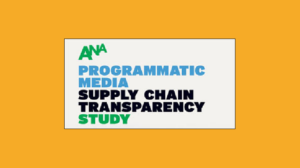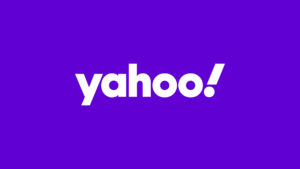Database software firm ZoomInfo is collaborating with demand-side platform (DSP) The Trade Desk. This partnership will empower B2B marketers to purchase ads programmatically, offering more expansive and precise targeting options, all in the pursuit of increased revenue.
ZoomInfo is renowned for its B2B database, which holds extensive contact details and business-related data. After acquiring DSP Clickagy last year, ZoomInfo unveiled MarketingOS, their proprietary DSP platform for B2B advertisers.
Predominantly, ZoomInfo manages a B2B database filled with contact details and various business insights. Post their acquisition of DSP Clickagy last year, they introduced MarketingOS, their proprietary platform, catering to B2B marketers looking to purchase ads.
A unique feature of MarketingOS is its emphasis on account-based marketing (ABM). Here, the focus shifts from individual targeting, prevalent in traditional DSPs, to groups associated with the same organization. Even though MarketingOS can hone in on contacts or personas, ABM stands as a distinctive approach, setting B2B marketing apart from regular consumer campaigns.
Highlighting the significance of this partnership, Bryan Law, ZoomInfo’s Chief Marketing Officer, praised The Trade Desk for its unparalleled reach and quality as “the largest independent DSP.” The recent inclusion of The Trade Desk’s technology in MarketingOS has expanded the service’s capabilities. ZoomInfo’s clientele can now tap into a wider network of publishers, including renowned names like Disney+ and ESPN+. Additionally, beyond the previously available display and social channels, options now encompass audio, connected TV, video, and native advertising placements.
Rob Haile, from The Trade Desk, emphasized the convenience of their system. Enterprise partners can seamlessly connect to numerous inventory sources through an API, eliminating the need for multiple supply integrations. This makes The Trade Desk a desirable, unified integration point.
The current advertising landscape sees programmatic advertising delving into newer territories, such as retail shopper marketing, outdoor advertising, and especially B2B, a relatively recent entrant to the digital advertising domain.
Traditionally, the realms of B2B and programmatic rarely converged. A significant distinction lies in the technology behind ad purchasing.
B2B marketers are leaning towards more specific audiences and high-quality, albeit pricier, media compared to traditional B2C marketers who focus on expansive reach. This inclination stems from the potential high returns from acquiring such customers.
The Increase in B2B Programmatic
The pandemic saw a surge in B2B programmatic adoption, especially with the decline of conventional B2B marketing avenues like trade fairs.
Tarnopolsky noted that while his B2B clientele allocate roughly 25%-30% of their funds on programmatic, generalist DSPs such as The Trade Desk are preferred over specialized platforms like ZoomInfo. This is due to The Trade Desk’s ability to offer centralized buying.
However, Haile remarked that The Trade Desk and ZoomInfo are not rivals but rather complement each other, given ZoomInfo’s distinctive data set.




